One of the nerdy pursuits we in the tea community like to pay attention to is origin. Single origin teas are the bread-‘n-butter of tea geekery. However, outside of good ol’ Camellia sinensis, herbal infusions aren’t really given the same consideration. That is, unless the herb in question can’t be found outside of a certain region—like with, say, rooibos.
I mean, sure, there might be German chamomile stans versus Egyptian chamomile stans, but I haven’t run into any. Actually, come to think of it, there are “wars” about who produces better peppermint (Oregon or Washington), but those are slap-fests at best. Conversations about herbal terroir rarely happen. At least, not in the tea circles I orbit.
Well . . . then I started exploring Ivan Chai. And that led me to one particular lake, in one particular region of Russia, with one hell of a unique approach. Let’s just say my perspective was turned in on its figurative eyelid.
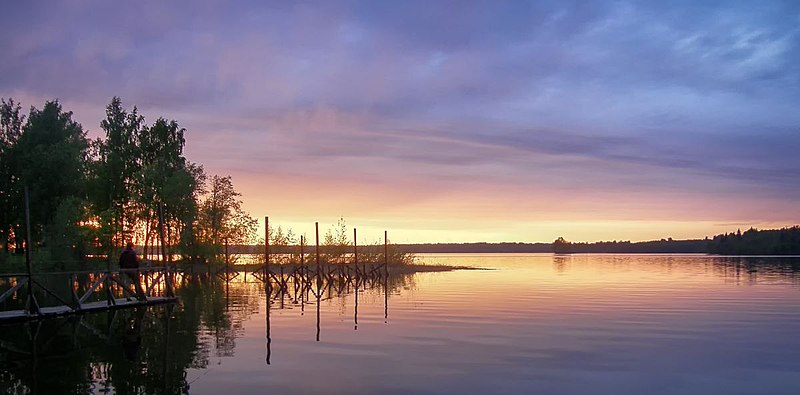
This is Lake Seliger, one of many bodies of water that make up the Tver Oblast region of northwestern Russia. The area is considered a protected nature reserve, and is home to a vast array of flora and fauna. The lake encompasses some 212 km of space, and is a conglomeration of many connected water bodies and islands. A perfect sort of environment with which fireweed (the titular herb for making Ivan Chai) would thrive.
I received two Ivan Chai offerings grown and processed from this region from the Moscow-based vendor, Moychay. Just by looking at the leaves alone, I could tell I was in for something completely different. In other Ivan Chai “teas” I drank, the leaf cuts were haphazard; as were the oxidation levels. The leaves for both of these were large, whole, un-cut, fully oxidized, and—about as indistinguishable from tea as one could get. Save for the aroma.
And, oh! That aroma! I’m getting ahead of myself.
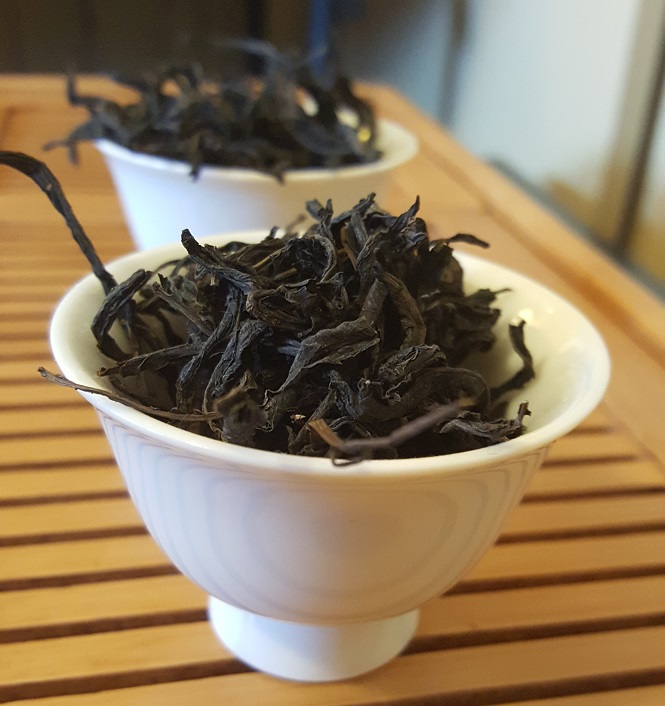
The first tea was a large leaf tea, and the other was . . . the exact same thing, only with a lengthier oxidation cycle. The latter was oxidized for forty hours after rolling; not sure about the former. One uneventful night, I dug into both.
If someone were looking at these leaves with no frame of reference or context, they would’ve assumed they were looking at a Taiwanese black. The leaf cut (or lack thereof) and rolling seemed eerily familiar to—say—a Shan Cha or Ruby #18. Only the aroma betrayed its true origins as something more herbaceous, but even that was deceiving. Ivan Chai offerings I’d tried up ‘til now had a strongly “herbal” lean. Sure, there was a sweet, honey-ish vibe—maybe even some hibiscus sharpness—but there was still something herb about it.
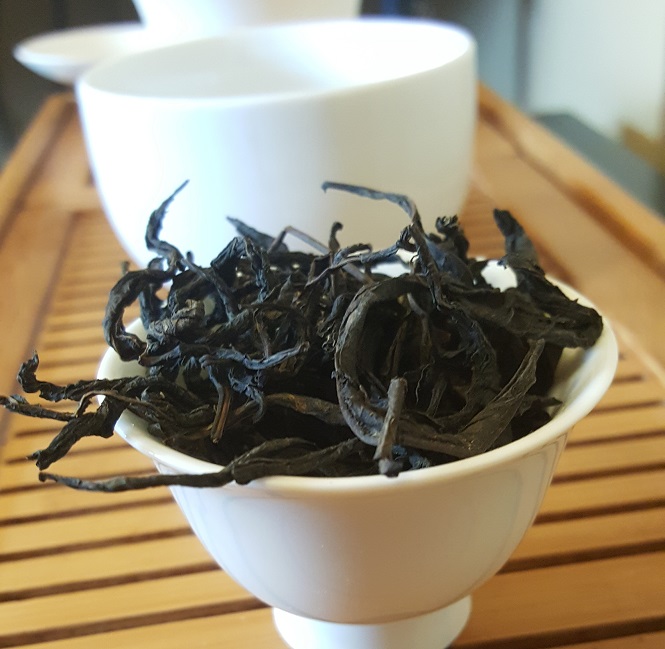
Some descriptions I encountered online noted that the honey lean should be strong, but I never got that from the variants I tried . . . until now. This large, whole leaf version? Straight up raw honey on the nose.
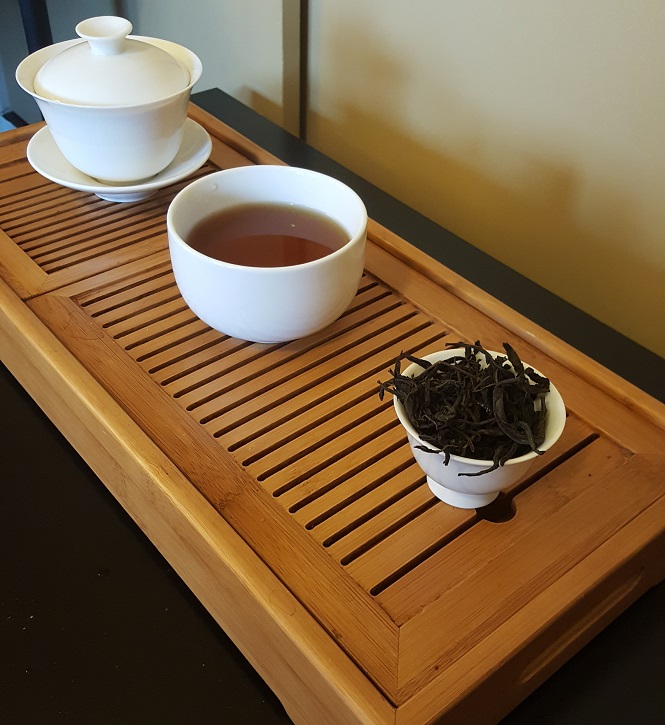
The liquor brewed to what can best be described as soft, pond water brown. It didn’t look as appetizing as a black tea’s crimson or copper, but for an herbal, it’s what I’d expect. The steam aroma was all honey floral something. And that very something translated to taste for a soft, sweet introduction, a honeycomb top note, an herbaceous finish, and a silky texture throughout.
Large Leaf – Strong “Fermentation”
On a passing glance, this looked like her sister—large leaf, twisty, black, raw honey aroma. Observed (and sniffed) closer, however, some differences emerged. The leaves looked thinner, smaller, and somehow twister. I wondered if this had something to do with the longer oxidation cycle, or more about the leaf stock used. The aroma also differed, but only slightly; imparting an earthier bend to its raw honey fragrance. It also appeared less sweet to the nose and more . . . well . . . raw. Darker, somehow, too.
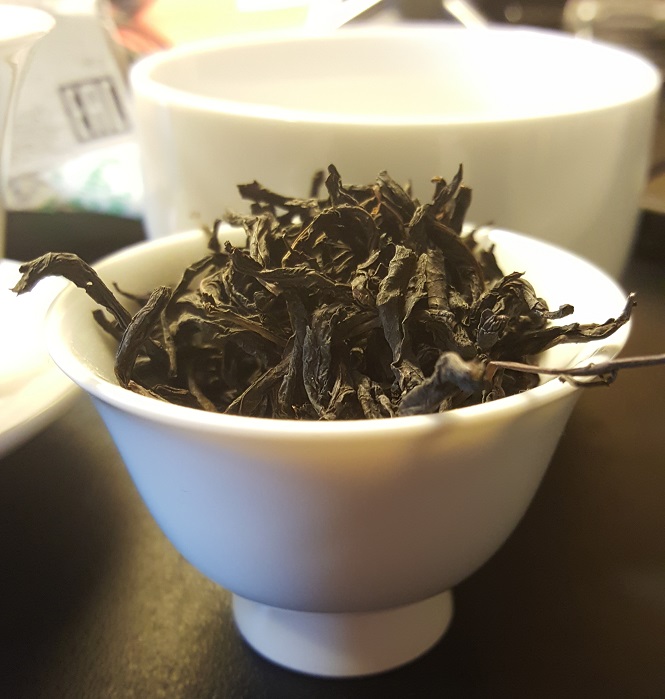
The liquor for this sucker colored a li’l bit lighter than the other. For something that read “STRONG FERMENTATION!” I expected a darker brew. Instead, it was about the same color of brown, only a tad lighter and . . . shinier? If that counts for anything? (Probably not.)
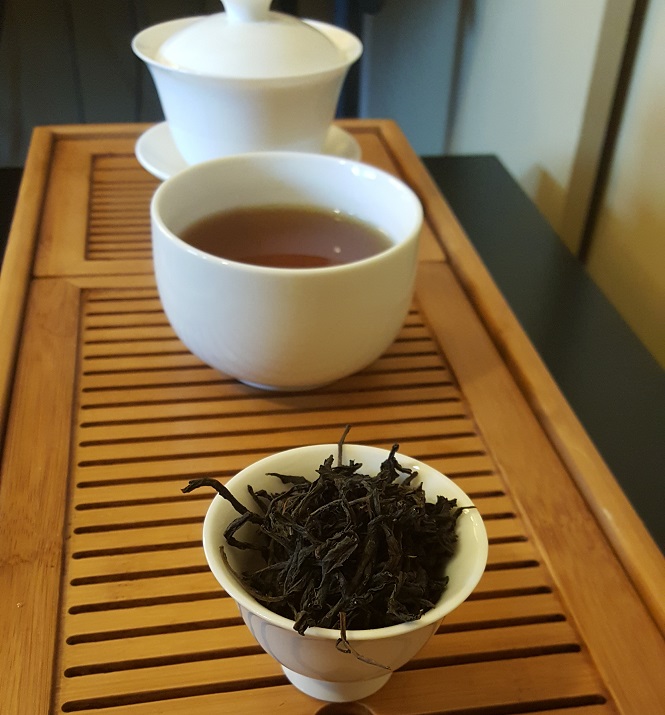
Steam aroma was also similar, save for something I didn’t expect. And that “didn’t expect” part came up in the taste as well. While the intro wasn’t as sweet as the less fermented version, that top note . . . oh, that top note. Chocolate along with the raw honey bend. For some reason, I was reminded of Nutella, but—nah—it was nowhere near that basic. What it lacked in liquor color, it made up for in deceptive depth! This was a full-bodied brew.
Favorite? I . . . can’t really pick one. Both are on par with each other in their perfection.
I wondered for the longest time if an herbal would ever come along and replace tea, should I ever have to give up caffeine. For a while, I wondered if Ivan Chai could be that replacement, but with the many variations I tried, it did wonders, but it couldn’t replace the magic of Camellia sinensis.
Well, that is, until now.

Over the course of the last month, I’ve played with these two teas in a variety of ways. Shorter brews, longer brews, THICC-er brews; heck, I even haphazardly gongfooled around with them. They held up to the usual punishments I usually reserved for actual tea. And my body seemed satisfied to consider them on par with tea. If . . . or rather, when . . . I have to give up caffeine, I know what will replace it. Ivan Chai, but the high grade, whole leaf stuff.
Still somewhat of a tea snob, after all.
To buy the Large Leaf version, go HERE.
To buy the Strong Fermentation Large Leaf version, go HERE.
Leave a Reply